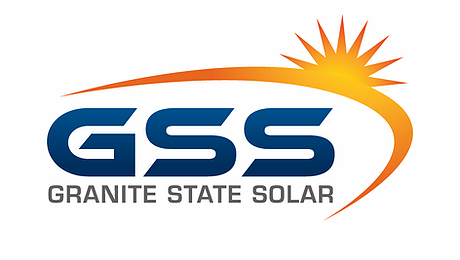New Hampshire's Community Power Programs Versus Solar
-Oct-07-2024-02-29-43-4825-PM.png)
As electricity rates continuously rise, homeowners across the country are looking to gain more control over their energy. In New Hampshire, one solution that has emerged is Community Power, which empower local governments and residents to create and manage their own local energy programs. Below we explain Community Power, how it works, and how it compares to solar energy.
What is Community Power?
Community Power are programs that gives local governments control over their municipalities’ energy systems. With a Community Power program, municipalities can set competitive rates, tailor energy services, and promote initiatives that align with local energy preferences. While Community Power gives municipalities control over key aspects of their energy supply, utilities continue to deliver electricity and maintain the physical infrastructure like power lines and meters.
How Does It Work?
Local governments propose a process and timeline for a Community Power program, which is subject to local approval. Once approved, the community can aggregate its electricity load and negotiate contracts with energy providers.
Residents are automatically enrolled but can opt out if they prefer to stay with their current utility provider. Community Power does not effect the delivery of electricity, which remains the responsibility of the local utility, so no new power lines or service disruptions are involved. Instead, it only changes where the electricity comes from and how much it costs.
Challenges and Future Outlook
While Community Power provides residents and business owners with more control over their energy choices, it may not be the most effective long-term solution. The programs primarily addresses short-term energy price fluctuations, without offering the lasting benefits that some alternative energy options, like solar power, can provide.
Though participants might experience temporary reductions in their energy rates, Community Power prices fluctuate every six months, leading to inconsistency in energy bills. In contrast, with solar, the array and the energy that it produces is purchased one time at a fixed price, which results in far more stable electricity costs, especially as Community Power and utility rates rise over time.
With Community Power, you continue to pay for electricity through your bills, which can remain high depending on market conditions. Solar, on the other hand, significantly reduces or eliminates your electric bill altogether, since you are generating your own power. Whether you use the electricity or sell it back to the utility through net-metering, each kilowatt hour of energy you produce is a kilowatt hour for which you didn’t have to pay the electric company. Additionally, solar energy systems unlock incentives like the federal tax credit, helping you pay off your investment faster.
Solar is a long-term investment with a lifespan of 25+ years, offering the potential for significantly lower electricity costs, or even eliminating them entirely, while giving you complete control over how and where your energy is produced.
Conclusion
Community Power offers a pathway for local governments and residents to gain more control over their energy sources and potentially reduces costs in the short term, but it has limitations in terms of long-term stability and energy independence. For those looking for a more consistent, cost-effective, and sustainable solution, investing in solar energy is the best option. Solar energy is an eco-friendly investment that can deliver both financial and environmental returns for decades.

Leave a Comment